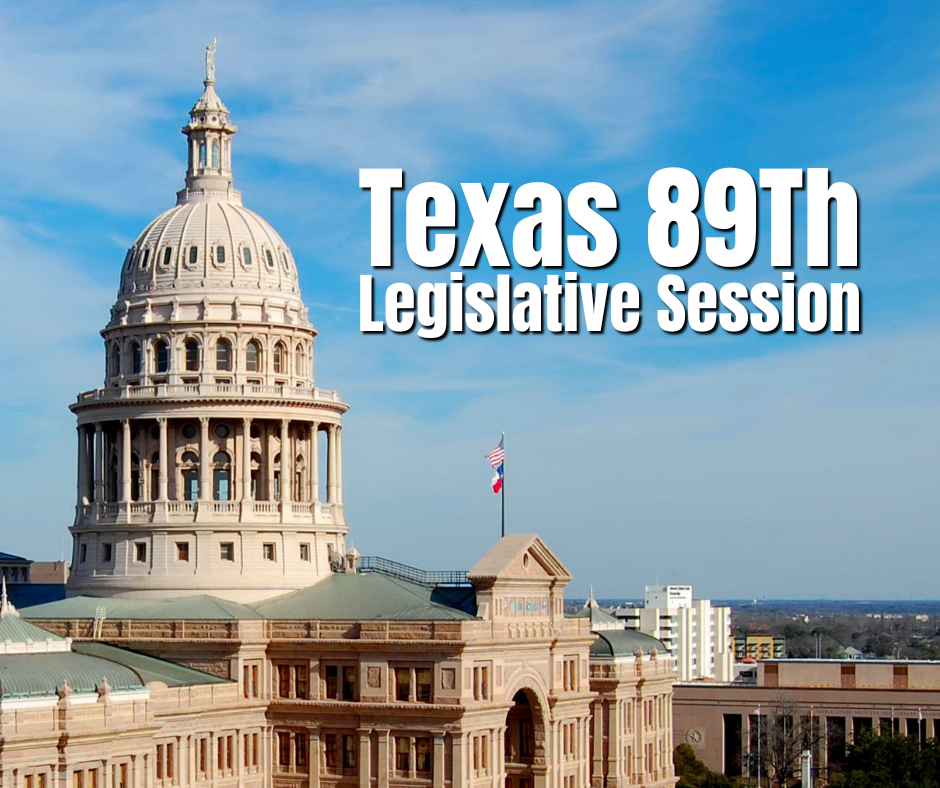
3 minute read
Impact on the Arts and Support of Its Economic Value with $7.9 Million in New Funding
By Diane Milliken Garza, PhD CEO, RGV Philanthropic Foundation | Commissioner, Texas Commission on the Arts
The 89th Texas Legislative Session brought renewed attention to the arts and their growing role in strengthening both community life and the state’s economy. While the arts often struggle for visibility amid larger state budget conversations, this session resulted in real progress, most notably, a $7.9 million increase in funding for the Texas Commission on the Arts (TCA). This new funding enables the TCA to expand its grants and services, thereby increasing support for arts organizations across the state, particularly those in rural and underserved areas. The boost includes $5.9 million for grantmaking and $2 million for the state’s cultural districts. These investments aren’t just about aesthetics—they have a direct impact on job creation, tourism, small business development, and community wellbeing.
The TCA played a pivotal role in articulating the value of the arts sector and advocating for increased funding. From preserving cultural heritage to supporting innovation and education, the TCA’s mission is rooted in strengthening quality of life through access to the arts for all Texans. Equally important was the advocacy work of Texans for the Arts, a statewide nonprofit that remains one of the most effective voices for arts funding in Texas. During the session, they mobilized arts leaders and everyday citizens alike, helping lawmakers see the arts not as a luxury but as a necessary engine of local and statewide growth. Their coordinated efforts helped ensure that the arts remained on the legislative agenda, even as larger debates over tax cuts and infrastructure dominated the headlines.
The economic impact of the arts in Texas is significant. From film, music, and visual arts to design, architecture, and live performance, the creative sector supports thousands of jobs and generates billions of dollars in economic activity. Events like South by Southwest and the Houston Livestock Show and Rodeo are cultural powerhouses, but equally important are the countless festivals, performances, and art spaces in smaller towns that bring people together and boost local economies. In addition to the economic benefits, the arts play a vital role in education. While no new legislation mandated the expansion of arts programming in schools, there was productive dialogue around the importance of integrating the arts into the curriculum, especially in communities where access to cultural resources remains limited. Creative learning is linked to critical thinking, collaboration, and problem-solving—all essential skills for Texas students preparing to lead in a rapidly changing world.
Cultural preservation was another theme during the session. From Indigenous art forms to emerging urban movements, Texas is home to a remarkable range of artistic expression. Legislators recognized the importance of safeguarding this diversity and ensuring it continues to thrive for generations to come.
Governor Greg Abbott demonstrated his support for the arts by approving the TCA’s budget increase. By not vetoing the funding, the Governor affirmed the state’s ongoing commitment to the creative sector and its contributions to both community vitality and economic development. That decision enables the TCA to reach more Texans, particularly those in areas where access to the arts is often limited.
The 89th session sent a clear message: the arts are not a side note to progress in Texas—they are central to it. By funding creativity, we are investing in the kind of communities where people want to live, work, and stay.


